How did nanoplastics end up at the North and South Pole?
Researchers identify plastic particles in Arctic ice dating back to 1960s
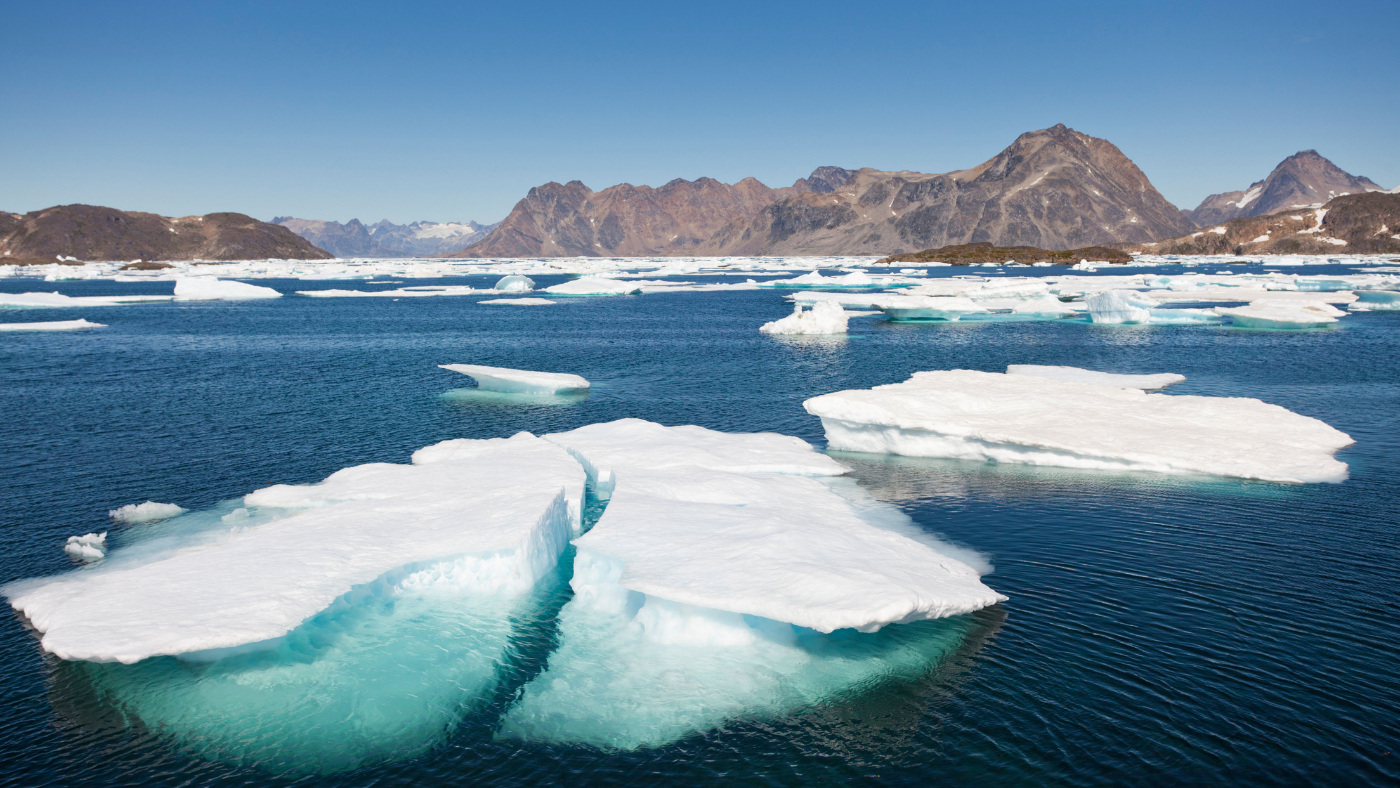
For the first time researchers have identified the presence of tiny polluting plastic particles at both of the world’s polar regions.
Microplastics have previously been found in Arctic ice samples, but “it turns out there’s an even smaller and more toxic form of plastic pollution infiltrating remote reaches of the globe”, said Eco Watch.
Nanoplastics have often “escaped attention” from research into polar plastic pollution, said a team from Utrecht University in their paper, published in the Environmental Research journal. Nanoparticles are invisible to the naked eye, and can’t be detected through standard scientific sampling and measuring processes.
The Week
Escape your echo chamber. Get the facts behind the news, plus analysis from multiple perspectives.

Sign up for The Week's Free Newsletters
From our morning news briefing to a weekly Good News Newsletter, get the best of The Week delivered directly to your inbox.
From our morning news briefing to a weekly Good News Newsletter, get the best of The Week delivered directly to your inbox.
Instead studies have generally focused on microplastics, which measure between one micrometre and five millimetres and are known to cause a number of environmental problems and disrupt marine ecosystems. Nanoparticles, which are often the byproduct of microplastics breaking down in natural environments, measure less than one micrometre in size.
The research team analysed samples from the Earth’s most remote regions, the Greenland ice core and the Antarctica sea ice core. They identified six types of plastic nanoparticles present in the first, including dust from tyre wear, and three in the second. The volume of particles found indicates “that the tiny particles are now pervasive around the world”, said The Guardian.
Polyethylene was the most common particle found in the samples, accounting for more than half the total particles analysed. It is one of the most commonly used plastic materials in the world, and is used to manufacture household items including bin bags, plastic films and bottles.
“Nanoplastics is really a bigger pollution problem than we thought,” said Dusan Materic, who led the project. The data also suggests that this “is not a new problem”. The Greenland core contained nanoplastics that indicated this type of pollution had been “happening all the way from the 1960s. So organisms in that region, and likely all over the world, have been exposed to it for quite some time now,” he exaplined.
A free daily email with the biggest news stories of the day – and the best features from TheWeek.com
It is generally understood that nanoparticles are easily carried long distances by the wind due to their light weight. The researchers concluded that the nanoplastics likely reached the North and South Pole regions through a “combination of complex processes including both atmospheric and marine transport, (re)emission, deposition and ice incorporation”. They concluded that the particles likely reached Greenland through the air, and Antarctica through ocean currents.
“Plastics are part of the cocktail of chemical pollution that pervades the planet,” said The Guardian. A study published by scientists at the Stockholm Resilience Centre last week said that the level of synthetic chemicals in the Earth’s ecosystems has now exceeded the planetary boundary for environmental pollutants.
And nanoparticles could come with serious health risks too. Pollution expert Dr Fay Couceiro told The Guardian: “Aside from the environmental damage caused by plastics, there is growing concern about what inhaling and ingesting microplastics is doing to our bodies.”
Though research into the specific risks of nanoparticles is ongoing, they are known to be toxic to both marine organisms and humans. “Nanoplastics are very toxicologically active compared to, for instance, microplastics, and that’s why this is very important,” said Materic.
-
 Animal Farm: has Andy Serkis made a pig’s ear of Orwell?
Animal Farm: has Andy Serkis made a pig’s ear of Orwell?Talking Point Animated adaptation of classic dystopian novella is light on political allegory and heavy on lowbrow gags
-
 What new cryptocurrency regulations mean for investors
What new cryptocurrency regulations mean for investorsThe Explainer The Treasury and the Financial Conduct Authority aim to make the UK a more attractive and safer place for crypto assets
-
 The Salt Path Scandal: an ‘excellent’ documentary
The Salt Path Scandal: an ‘excellent’ documentaryThe Week Recommends Sky film dives back into the literary controversy and reveals a ‘wealth of new details’
-
 ‘Like a gas chamber’: the air pollution throttling Delhi
‘Like a gas chamber’: the air pollution throttling DelhiUnder The Radar Indian capital has tried cloud seeding to address the crisis, which has seen schools closed and outdoor events suspended
-
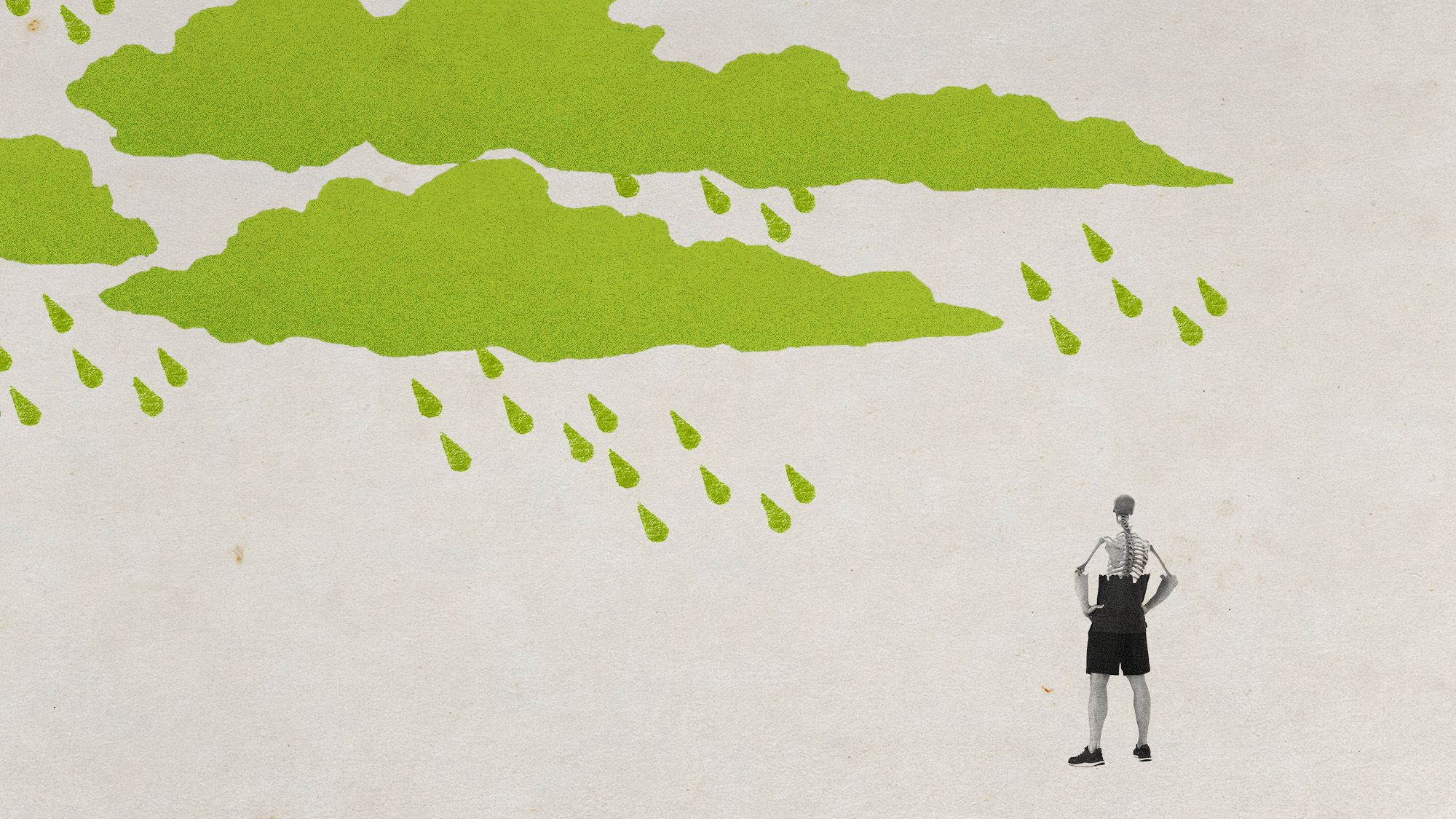 Acid rain is back: the sequel nobody wanted
Acid rain is back: the sequel nobody wantedUnder The Radar A 'forever chemical' in rainwater is reviving a largely forgotten environmental issue
-
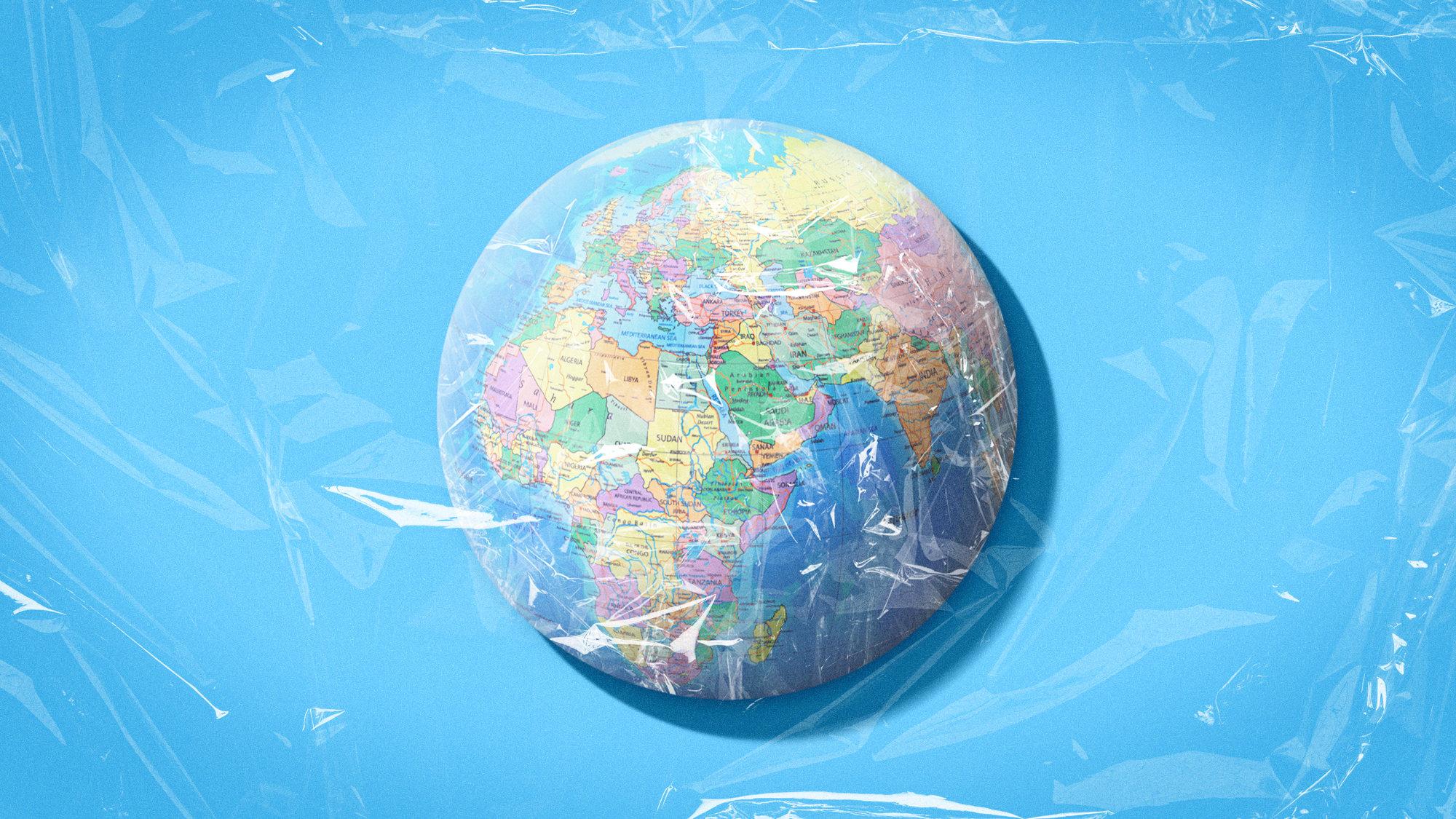 Why is the world so divided over plastics?
Why is the world so divided over plastics?Today's Big Question UN negotiations on first global plastic treaty are at stake, as fossil fuel companies, petrostates and plastic industry work to resist a legal cap on production
-
 Anti-anxiety drug has a not-too-surprising effect on fish
Anti-anxiety drug has a not-too-surprising effect on fishUnder the radar The fish act bolder and take more risks
-
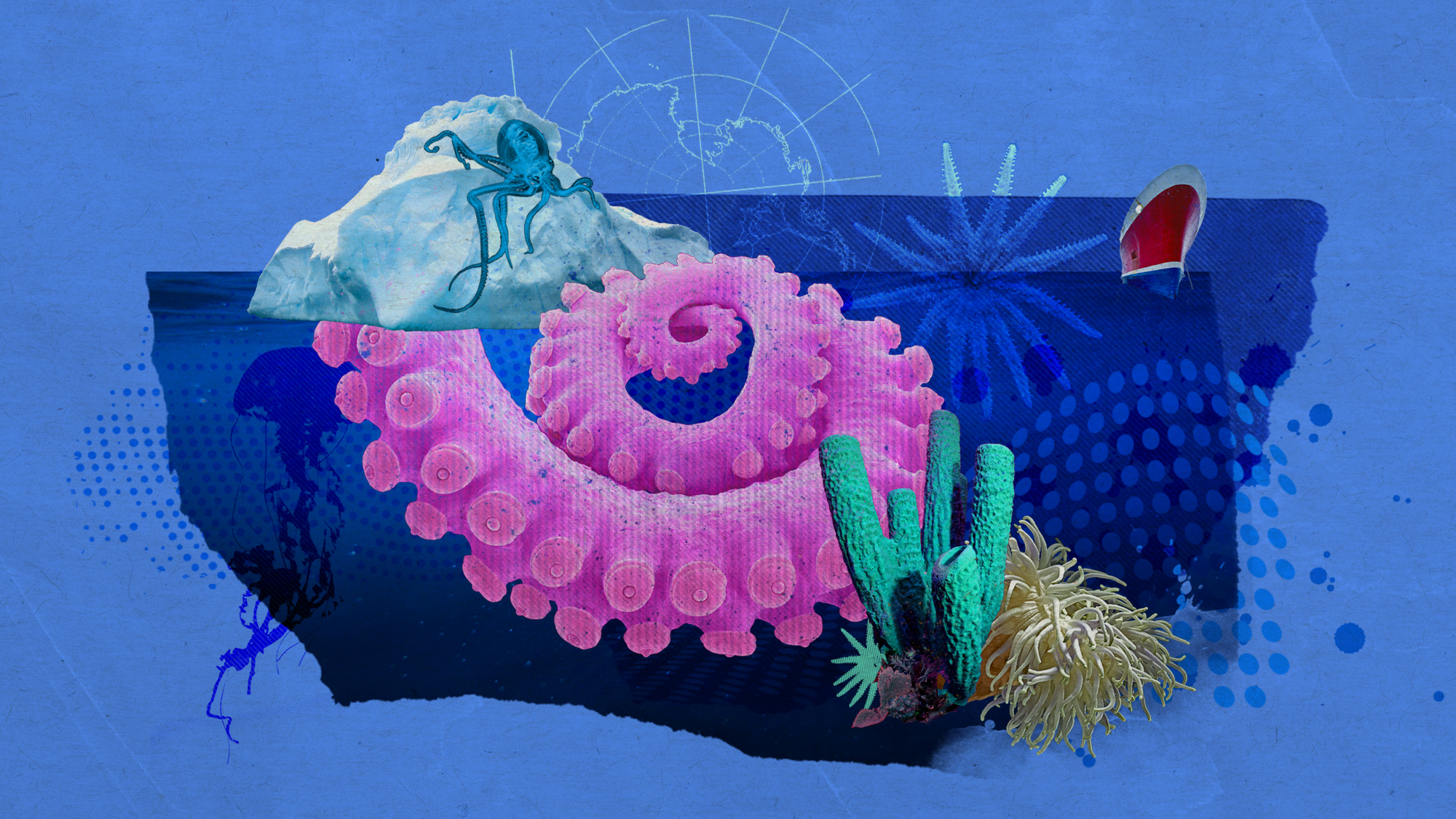 Dozens of deep-sea creatures discovered after iceberg broke off Antarctica
Dozens of deep-sea creatures discovered after iceberg broke off AntarcticaUnder the radar The cold never bothered them anyway
-
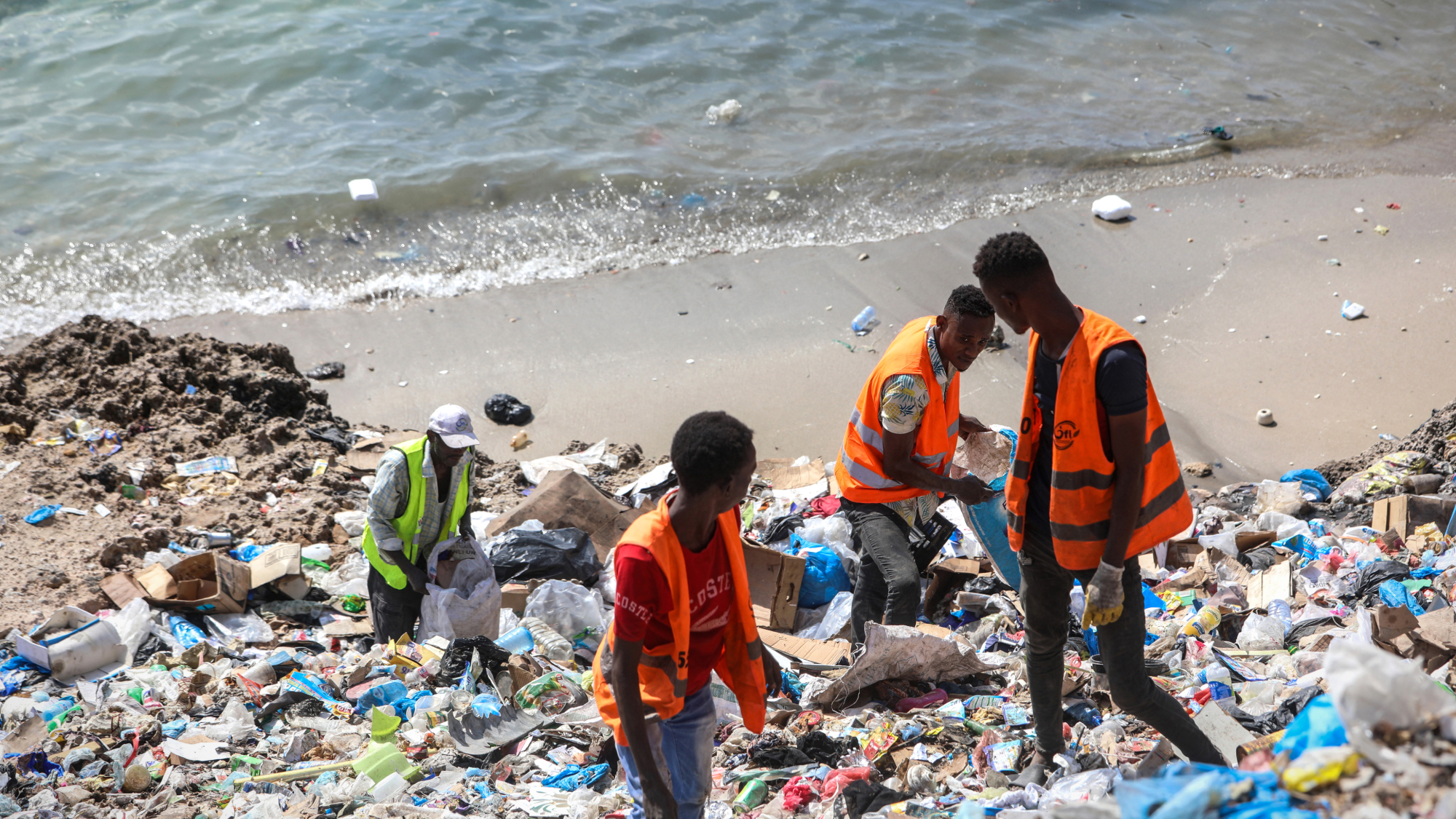 Global plastics summit starts as COP29 ends
Global plastics summit starts as COP29 endsSpeed Read Negotiators gathering in South Korea seek an end to the world's plastic pollution crisis, though Trump's election may muddle the deal
-
 Oysters from New York's past could shore up its future
Oysters from New York's past could shore up its futureUnder the Radar Project aims to seed a billion oysters in the city's waterways to improve water quality, fight coastal erosion and protect against storm surges
-
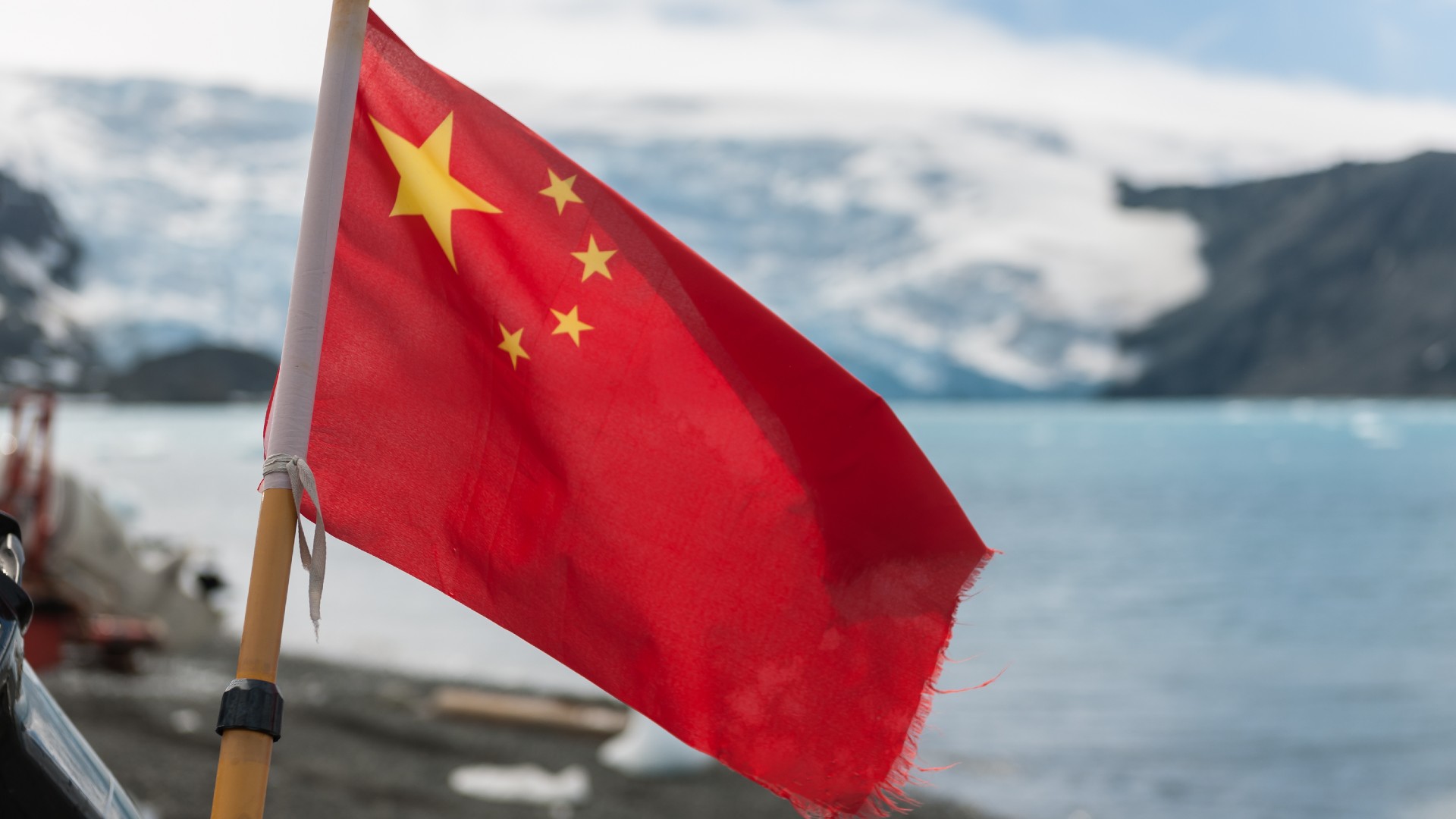 Antarctica: is coldest continent heading for chaos?
Antarctica: is coldest continent heading for chaos?In the Spotlight China and Russia signal new scramble for control of the resource-rich region